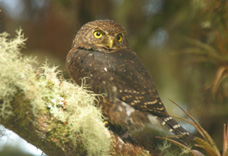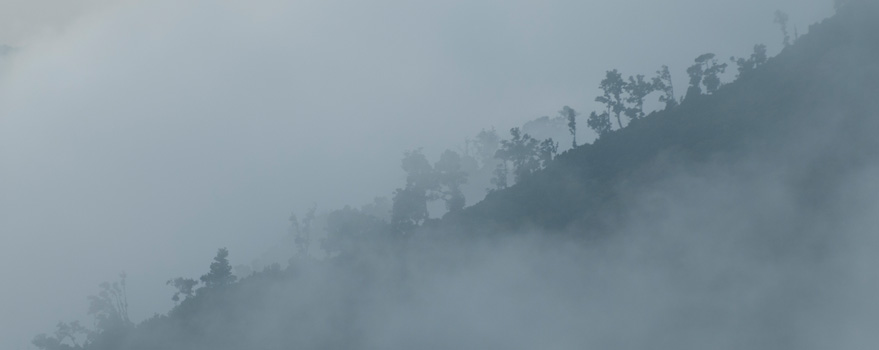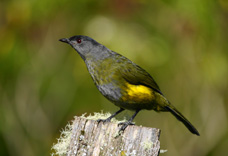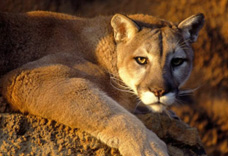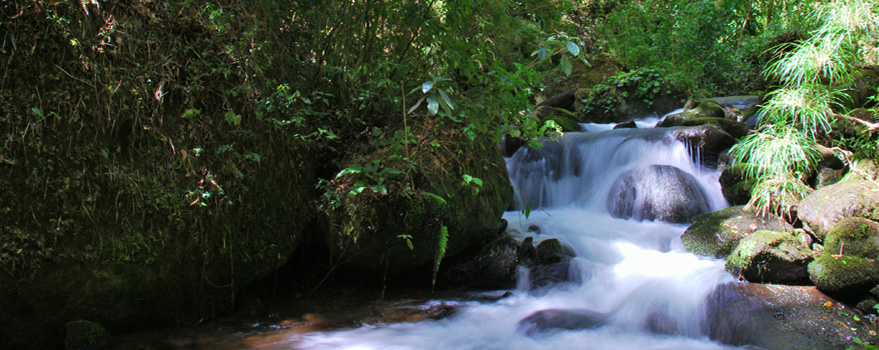The Valley of San Gerardo de Dota
San Gerardo de Dota is one of the best places for birdwatching in Costa Rica, mainly because of the unspoiled forests and good access to these rare and threatened ecosystems: the Middle and Upper Montane Cloud Forest and the Paramó, but above all the many endemic species that can be found in this area. The climate is template at these high altitudes (the hotel is situated at 2600 meters asl), with an average annual rainfall ranging between 2.000 mm and 4.667 mm, and the temperature varying between 22°C at daytime dropping to 10°C at night. The dry season is from December through April, rainy season from May through November.
Flora
These cloud forests consist mainly of three different kinds of oak trees that can reach up to 50 m. in height. The forests have a wide variety of epiphyte plants, like bryophytes, orchids, lichens and ferns. Many species here are endemic. There are 979 types of plants, of which 119 are trees. There are very tall ones like the canopy trees (95% oaks) and short ones, like timber trees. You can find as well 14 kinds of laurel trees, with species like the aguacatillo (favorite food of the Resplendent Quetzal), 164 types of mosses and hepatics, 74 species of epiphyte plants and 148 kinds of ferns.


